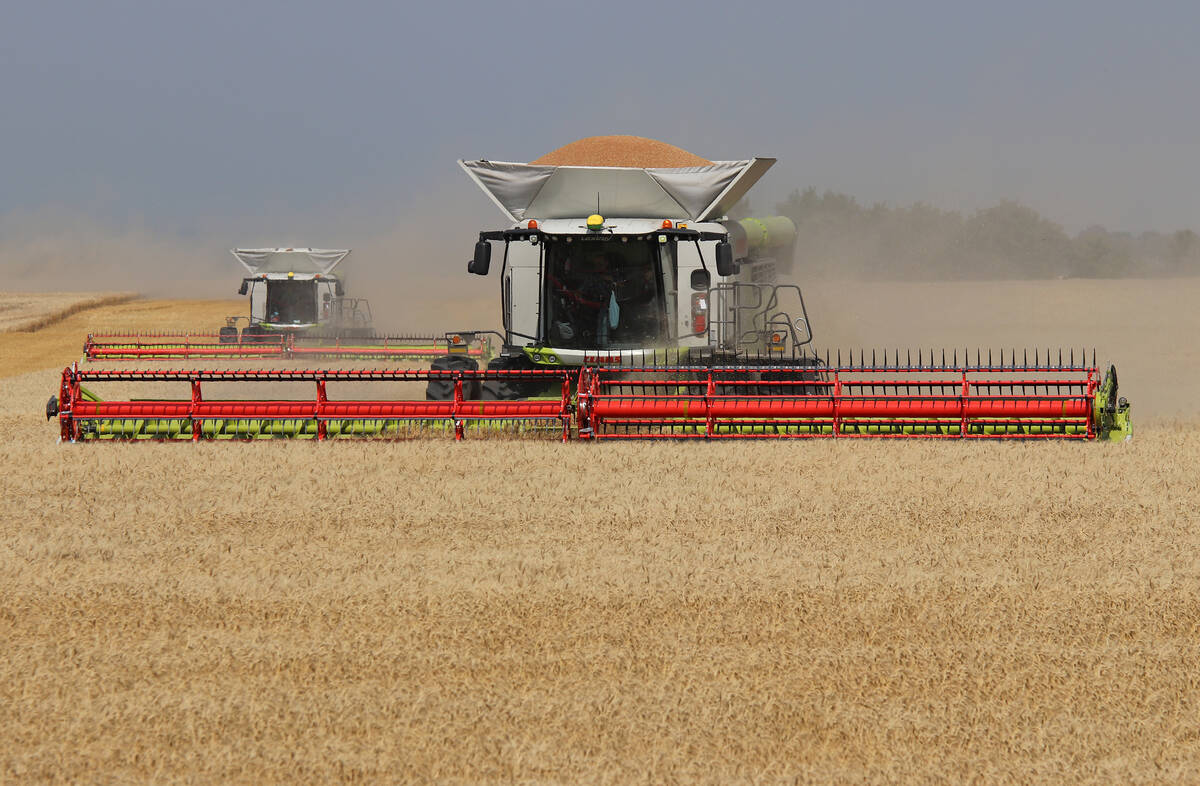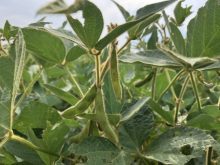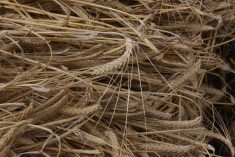Health Canada is revising Canada’s food guide for the first time in nearly a decade.
Commodity groups are keenly interested in what recommendations will be contained in the new guide because it can have a big impact on consumption patterns.
But this time around, the groups won’t have the same influence on shaping the guide as they have in the past.
Health Canada said it will only seek expert advice from academics, health professional associations, federal, provincial and territorial officials and non-governmental organizations interested in health.
Read Also

China’s grain imports have slumped big-time
China purchased just over 20 million tonnes of wheat, corn, barley and sorghum last year, that is well below the 60 million tonnes purchased in 2021-22.
The agency came under heavy criticism last time around for being too influenced by commodity groups.
Julianne Curran, vice-president of food and health with Pulse Canada, said the food guide is still an important document but it has lost some of its clout.
“There was a day when the food guide was the core piece of nutrition information for consumers, but it’s a different landscape now,” she said.
Consumers are inundated with advice and diets from health experts and others on social media platforms.
But the food guide shapes nutritional policies for the institutional food service sector and school nutrition programs, so it can still have a substantial impact on food consumption patterns.
It was last revised in 2007. A review of the guide conducted between 2013 and 2015 determined there were challenges in understanding and applying certain aspects of the guide.
Health Canada said it also needs to add recommendations, such as replacing saturated fat with unsaturated fat and decreasing the intake of sugar-sweetened beverages.
Pulses are included in the meat and alternatives section of the current food guide. The logic is they are consumed as an alternative to meat.
Pulse Canada says the last Canadian Community Health Survey shows that is not the case. People are consuming meat and pulses together.
“We have published that evidence but not being part of the consultations, I’m not sure how that will net out,” said Curran.
She would like to see pulses as its own category because they are unique. They have more fibre and less fat than meat and more protein than vegetables and grains.
She hopes Health Canada adopts a similar approach as the European Union and Brazil, which have introduced sustainability criteria to their food guides and are promoting healthy eating patterns rather than focusing strictly on meeting nutritional requirements.
“It will be interesting to see if they go there,” said Curran.
Pulse Canada has been promoting the sustainability aspect of pulses due to their ability to fix their own nitrogen.
A serving of pulses is considered to be three-quarters of a cup. There is no specific recommendation on daily intake of pulses but the guide does say to choose them often.
As part of the International Year of Pulses, Pulse Canada engaged a group of nutritionists from around the world and tasked them to come up with a single recommendation for how much pulses to consume.
The nutritionists determined that eating half a cup of pulses provides meaningful amounts of nutrition, but even that group would not specify how often that half a cup should be consumed because it depends on a person’s overall diet and other factors.
The consultation period for the food guide ends Dec. 8. The new guide is expected to be published in late 2018.
















